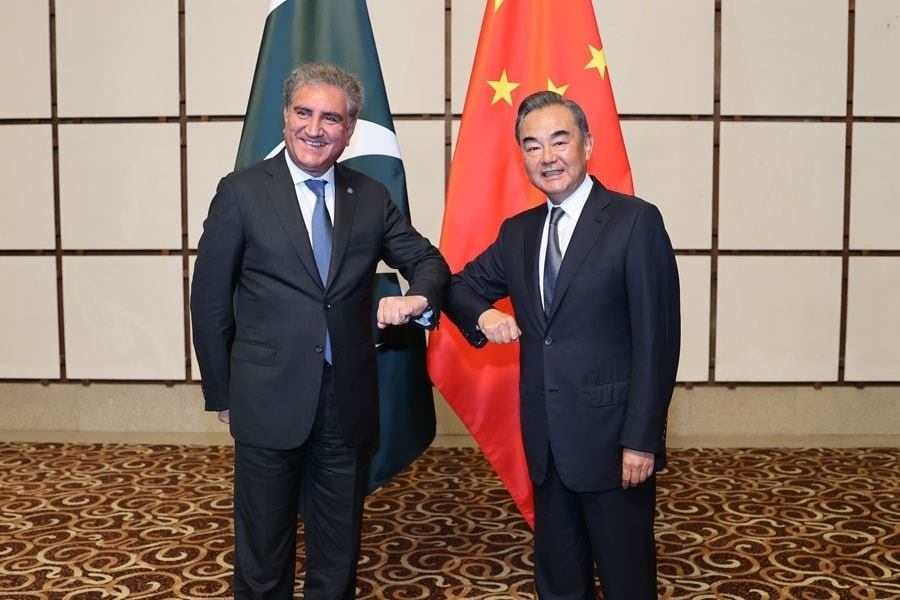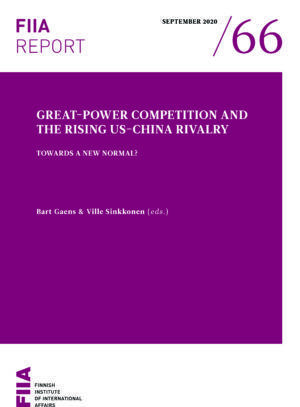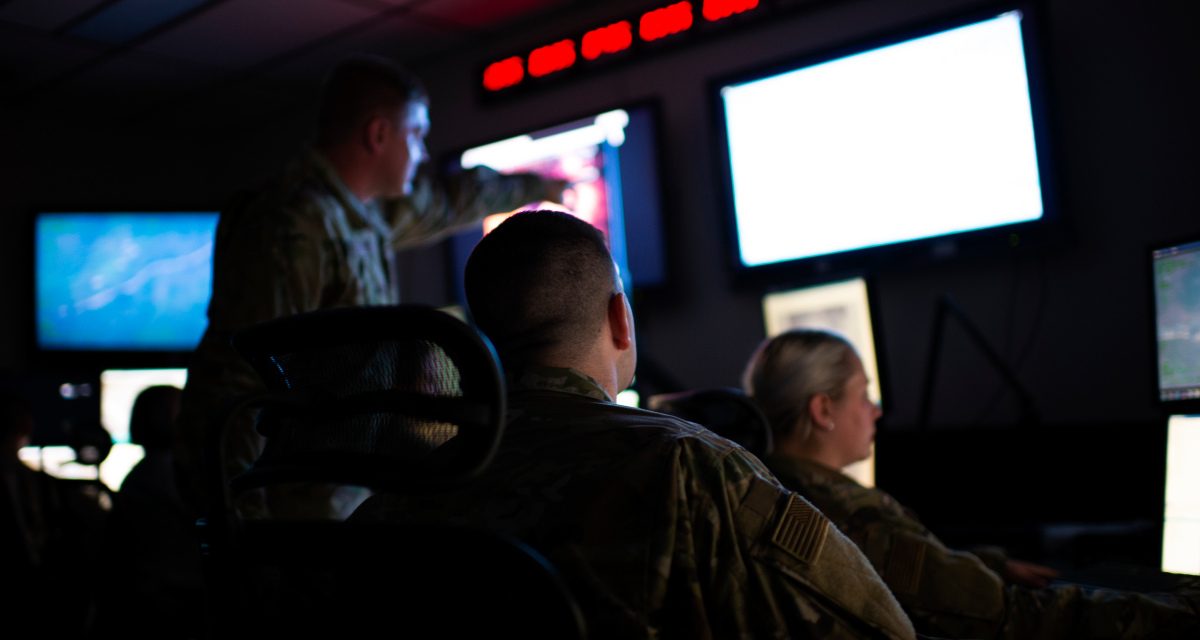 On September 3, The New York Times published an extraordinary article that detailed Richard Nixon’s loathing of Indians, especially Indian women. Its author, Gary Bass, who had earlier written The Blood Telegram, a book-length critique of US diplomacy during the 1971 war, based his piece on tapes recently declassified by Nixon’s presidential archive. In them, Nixon is heard saying at various times that Indian women are the most unattractive women in the world, that they are sexless, that they turn him off and there’s a particularly entertaining bit where he wonders how Indians reproduce at all, given how repulsive their women are.
On September 3, The New York Times published an extraordinary article that detailed Richard Nixon’s loathing of Indians, especially Indian women. Its author, Gary Bass, who had earlier written The Blood Telegram, a book-length critique of US diplomacy during the 1971 war, based his piece on tapes recently declassified by Nixon’s presidential archive. In them, Nixon is heard saying at various times that Indian women are the most unattractive women in the world, that they are sexless, that they turn him off and there’s a particularly entertaining bit where he wonders how Indians reproduce at all, given how repulsive their women are.
What are we to make of these revelations? The first thing to be said is that they shouldn’t be a great surprise. Tapes released more than 20 years ago established that Nixon was an equal-opportunity bigot. He was energetically anti-Semitic, for example. He used to complain that Washington “is full of Jews”, that “[m]ost Jews are disloyal” and that “...generally speaking, you can’t trust the b*****ds.” He was also racist and the tapes brim over with casual prejudice about minorities.
Perhaps the more interesting revelation is Henry Kissinger’s complicity in Nixon’s bigotry, given the fact that Kissinger is Jewish and had been at the receiving end of Nazi racism himself. Annoyed by the assistance offered by Indira Gandhi to Bengali nationalists in East Pakistan in June 1971, Kissinger described Indians variously as “a scavenging people”, as “masters of subtle flattery”, as a people whose “...great skill is to suck up...” It’s fascinating how fluently Kissinger uses the stock phrases WASPs once used to disparage Jews (subtle, flatterers) to denigrate Indians. This great practitioner of realpolitik was happy to use second-hand colonial clichés about sub-continental types to characterize desis. So if Indians were clever suck-ups, Pakistanis were a “fine people but... primitive in their mental structure”.









